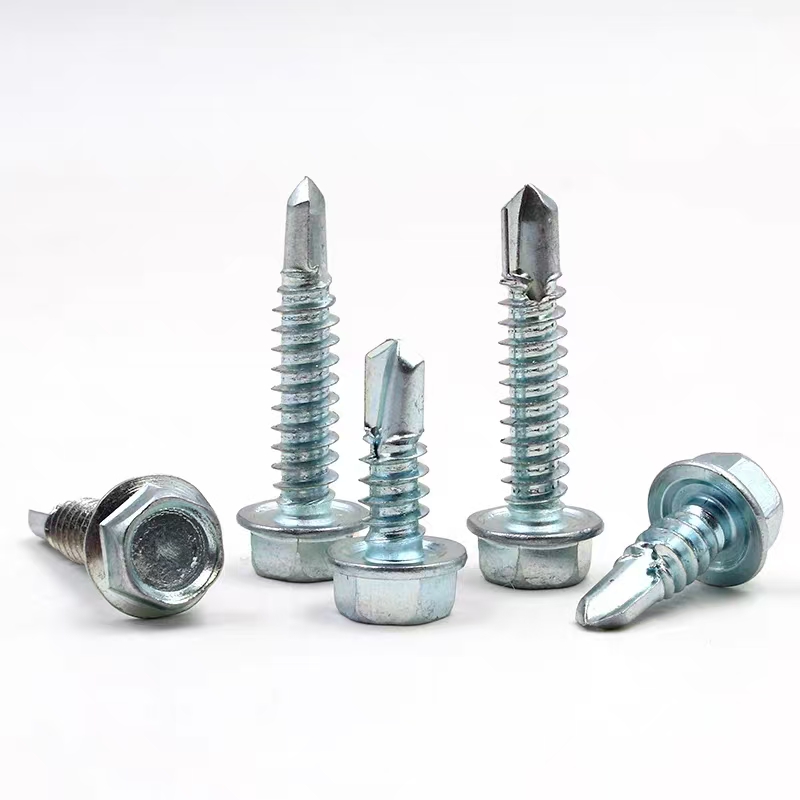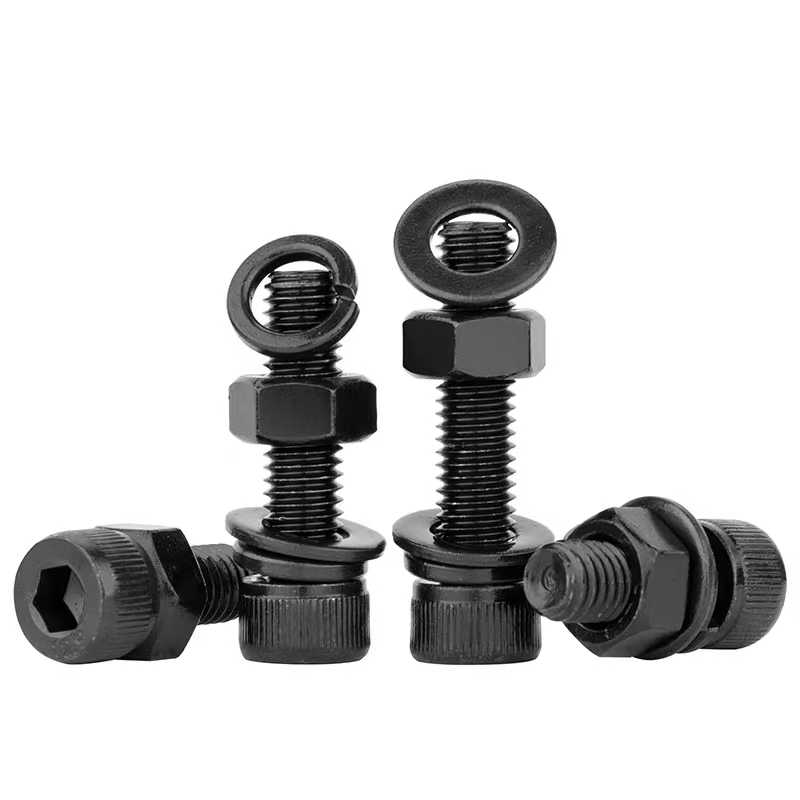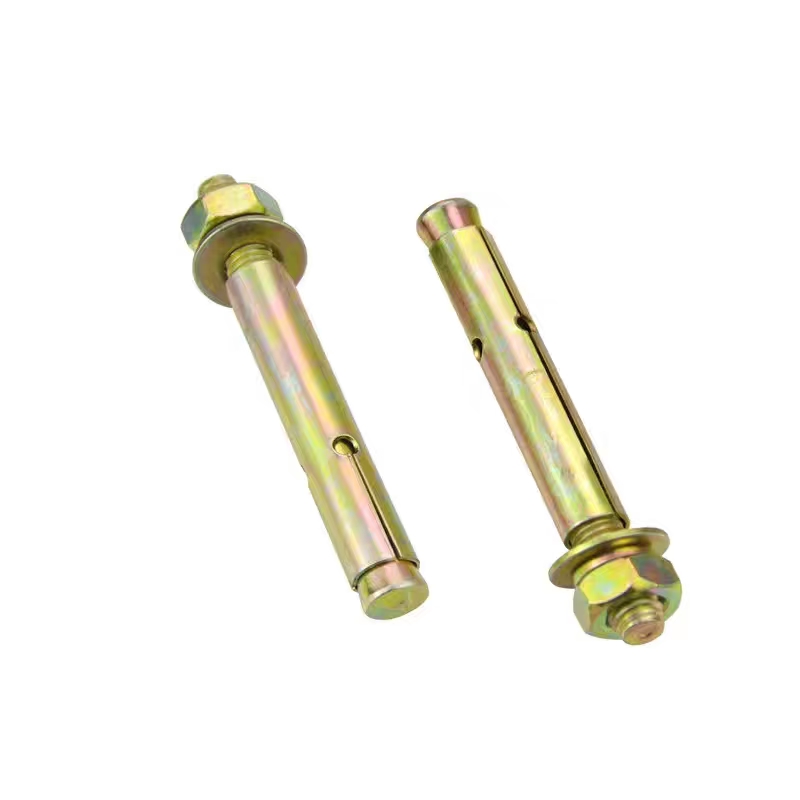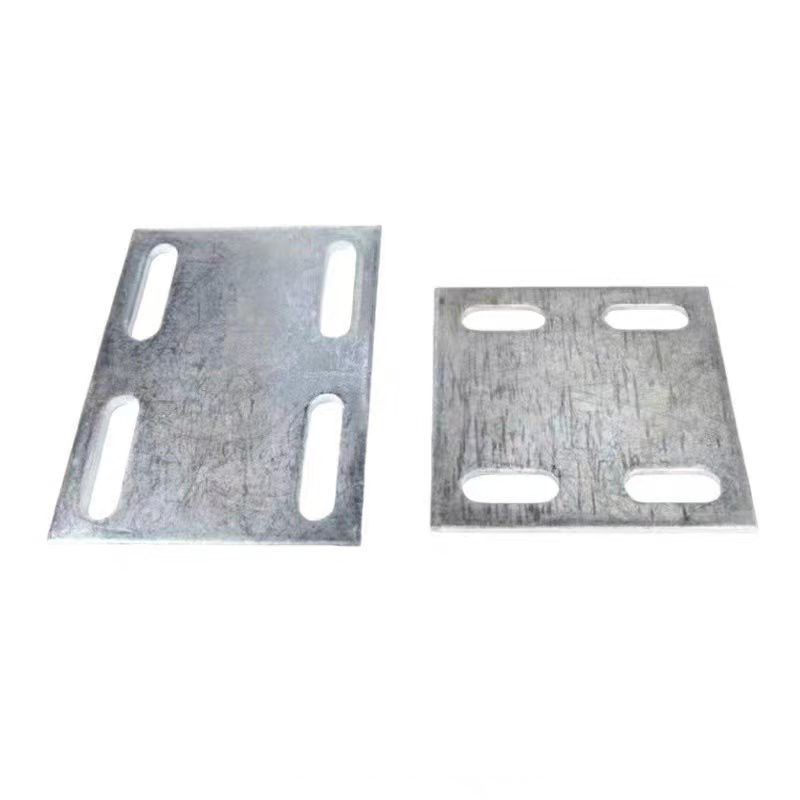- Chinese
- French
- German
- Portuguese
- Spanish
- Russian
- Japanese
- Korean
- Arabic
- Irish
- Greek
- Turkish
- Italian
- Danish
- Romanian
- Indonesian
- Czech
- Afrikaans
- Swedish
- Polish
- Basque
- Catalan
- Esperanto
- Hindi
- Lao
- Albanian
- Amharic
- Armenian
- Azerbaijani
- Belarusian
- Bengali
- Bosnian
- Bulgarian
- Cebuano
- Chichewa
- Corsican
- Croatian
- Dutch
- Estonian
- Filipino
- Finnish
- Frisian
- Galician
- Georgian
- Gujarati
- Haitian
- Hausa
- Hawaiian
- Hebrew
- Hmong
- Hungarian
- Icelandic
- Igbo
- Javanese
- Kannada
- Kazakh
- Khmer
- Kurdish
- Kyrgyz
- Latin
- Latvian
- Lithuanian
- Luxembou..
- Macedonian
- Malagasy
- Malay
- Malayalam
- Maltese
- Maori
- Marathi
- Mongolian
- Burmese
- Nepali
- Norwegian
- Pashto
- Persian
- Punjabi
- Serbian
- Sesotho
- Sinhala
- Slovak
- Slovenian
- Somali
- Samoan
- Scots Gaelic
- Shona
- Sindhi
- Sundanese
- Swahili
- Tajik
- Tamil
- Telugu
- Thai
- Ukrainian
- Urdu
- Uzbek
- Vietnamese
- Welsh
- Xhosa
- Yiddish
- Yoruba
- Zulu
- Kinyarwanda
- Tatar
- Oriya
- Turkmen
- Uyghur

4 inch wide u bolt
The Nuances of Selecting a 4 Inch Wide U Bolt
Understanding the intricacies of a 4 inch wide u bolt may seem straightforward, but once you’re in the thick of it, the real-world applications unfold complexities you might not expect. As someone who’s been in the trenches, let’s break down what makes these components vital and how you can avoid common pitfalls.
Understanding the Basics
At first glance, a u bolt is simply a bolt bent into the shape of the letter U. Used to support pipework, retain cables, or position machinery, the u bolt's role is often essential but unnoticed. For a 4 inch wide u bolt, the width is key—it denotes the size of the object it can encompass. In practical terms, selecting the right width means proper fitting, which is a common trip wire for those new to the game.
I’ve seen too many clients measure wrong or forget to consider material thickness. Don’t underestimate measuring three times before you purchase. It’s the difference between a secure fit and potential disaster.
An application I encountered where size was misjudged involved a factory setting pipelines. Incorrect specifications led to downtime and financial loss. Fortunately, addressing both width and depth of the u bolt often remedies such oversights quickly.
Material Considerations
Material selection is crucial. Stainless steel, carbon steel, and other alloys each have their strengths, depending on environmental conditions. I recall a case where a client used a steel u bolt in a corrosive environment, leading to unexpected equipment failure. Lesson learned: always match your materials with environmental exposures.
At Handan Zitai Fastener Manufacturing Co., Ltd., we offer diverse material options in our u bolt line. Being situated in China's largest standard part production base, allows us unique insights into material-science advancements that serve our customers better. You can explore more about our products at our website.
Another aspect, often overlooked, is the coating on the u bolt. A zinc-plated finish is common but might not suffice for high-salinity environments. Here, details decide durability.
Application and Testing
Before installation, real-world testing is your best friend. I suggest initially using a mock setup to ensure your chosen u bolt size and material work well under stress. This pre-emptive action can mitigate error margins significantly.
For instance, we had a client securing heavy machinery. The load specifications required a particularly robust 4 inch wide u bolt, and we engaged in stress testing to confirm our product was up to task. It’s not just theory—the practice avoids prolonged headaches.
A wise strategy involves examining the bolt’s interaction with every other element—tools, angles, external forces. It’s less about overengineering and more about holistic planning.
Cost Versus Quality
In the world of fasteners, price often correlates with performance, though not always. Some assume any u bolt will suffice, but as I always remind clients, quality impacts safety and longevity. Invest smartly.
Often, budget constraints lead to selecting cheaper alternatives. Yet, the real expenses surface when failures occur, and replacements become necessary. We'd rather have returning customers due to satisfaction rather than out of frustration.
It’s important to plan forward and understand that a one-time higher expense might save costs and operational errors downstream.
Installation Nuances
Finally, the approach to installing a 4 inch wide u bolt is as crucial as its selection. Even the best bolt fails if fitted inadequately. Knowing the right torque and equipment is vital for durability.
There’s merit in incorporating checks during installation. Re-evaluating alignment, pressure distribution, and final adjustments can extend service life greatly. Ignoring these steps? Practically inviting troubles.
Reflecting on past installations has ingrained in me that precise execution beats rapid jobs every time. It’s this dedication that folks at Handan Zitai Fastener Manufacturing Co., Ltd. strive for daily, offering solutions tailored for reliability and efficiency.
Related products
Related products
Best selling products
Best selling products-
 Electro-galvanized countersunk cross bolts
Electro-galvanized countersunk cross bolts -
 Electrogalvanized expansion bolts
Electrogalvanized expansion bolts -
 Electroplated galvanized flange nut (flange face nut)
Electroplated galvanized flange nut (flange face nut) -
 Black zinc plated countersunk cross bolts
Black zinc plated countersunk cross bolts -
 Electro-galvanized hexagonal drill thread
Electro-galvanized hexagonal drill thread -
 Hexagon socket black zinc-plated bolts
Hexagon socket black zinc-plated bolts -
 Colored zinc-plated expansion bolts
Colored zinc-plated expansion bolts -
 Electroplated galvanized gaskets
Electroplated galvanized gaskets -
 High-strength blackened nuts
High-strength blackened nuts -
 Colored galvanized hexagonal drill tail wire
Colored galvanized hexagonal drill tail wire -
 Electrogalvanized embedded plate
Electrogalvanized embedded plate -
 Colored zinc-plated cross countersunk drill thread
Colored zinc-plated cross countersunk drill thread













